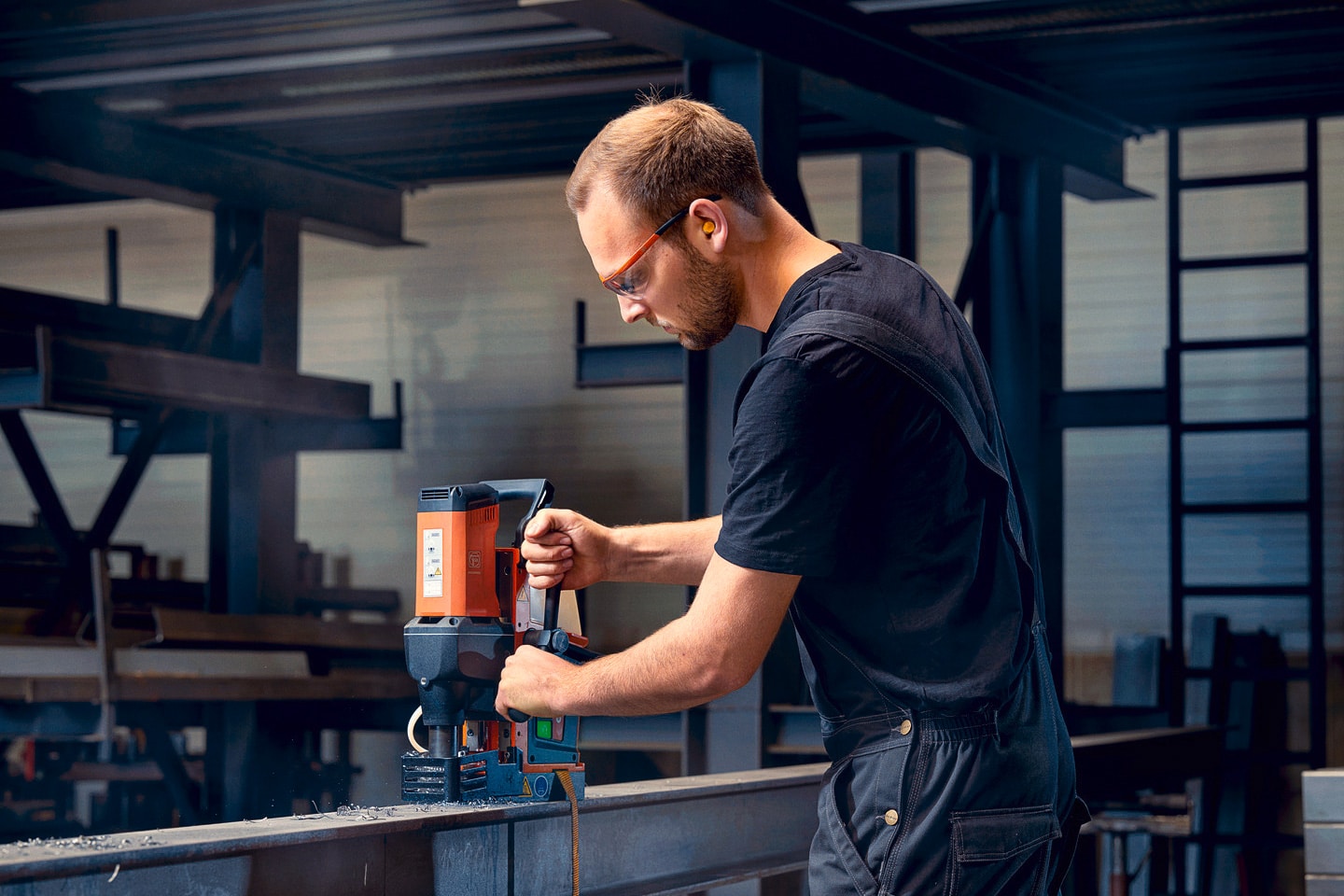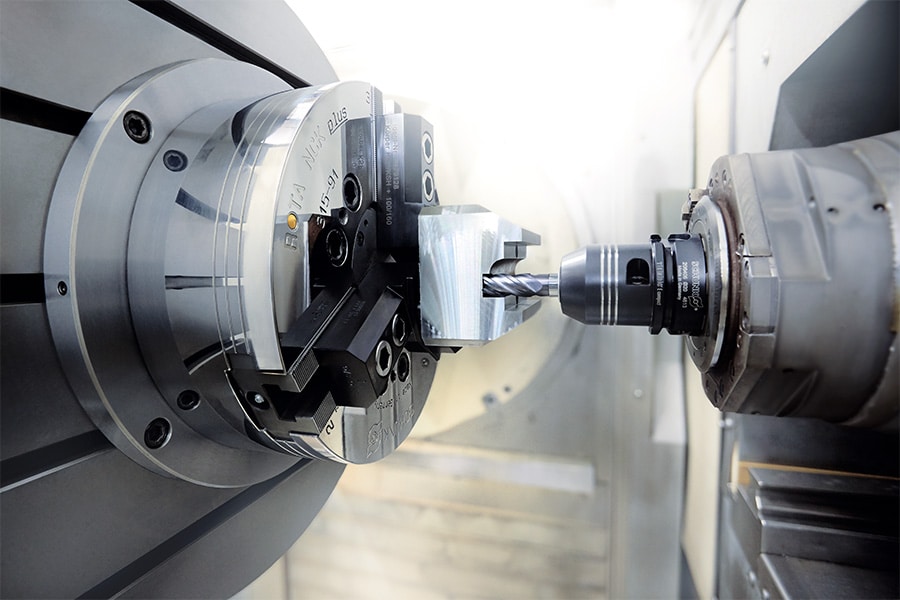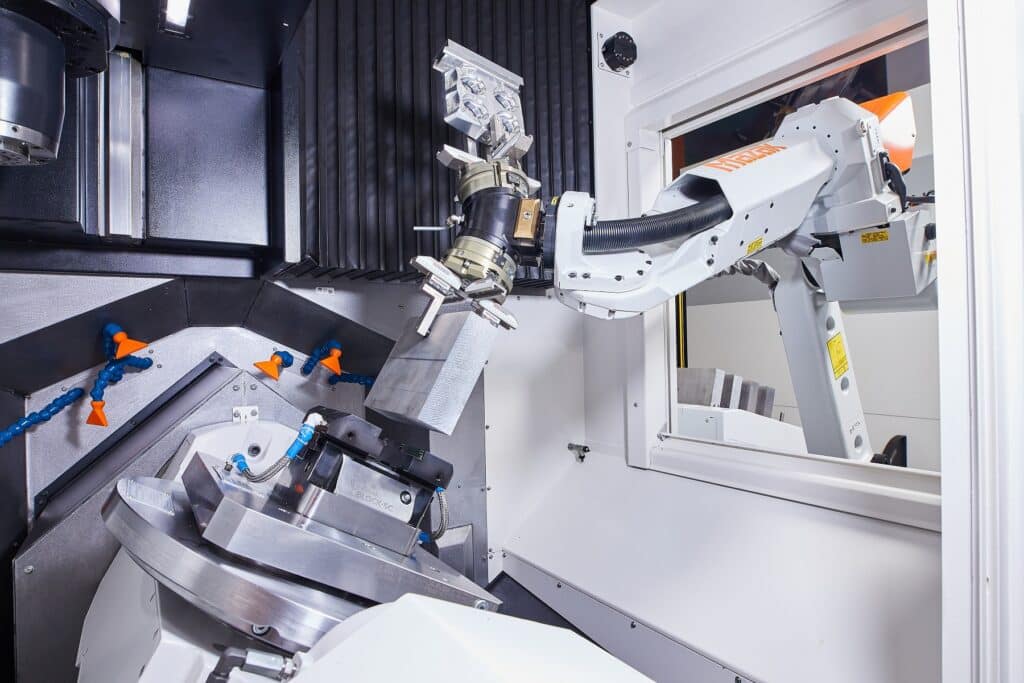
Breaking the 5-axis automation barrier
The 5-axis machine machining is by definition more complex than the simple 3-axis machining center in terms of programming, tooling and its ability to automate - something that is becoming more and more important for machine users
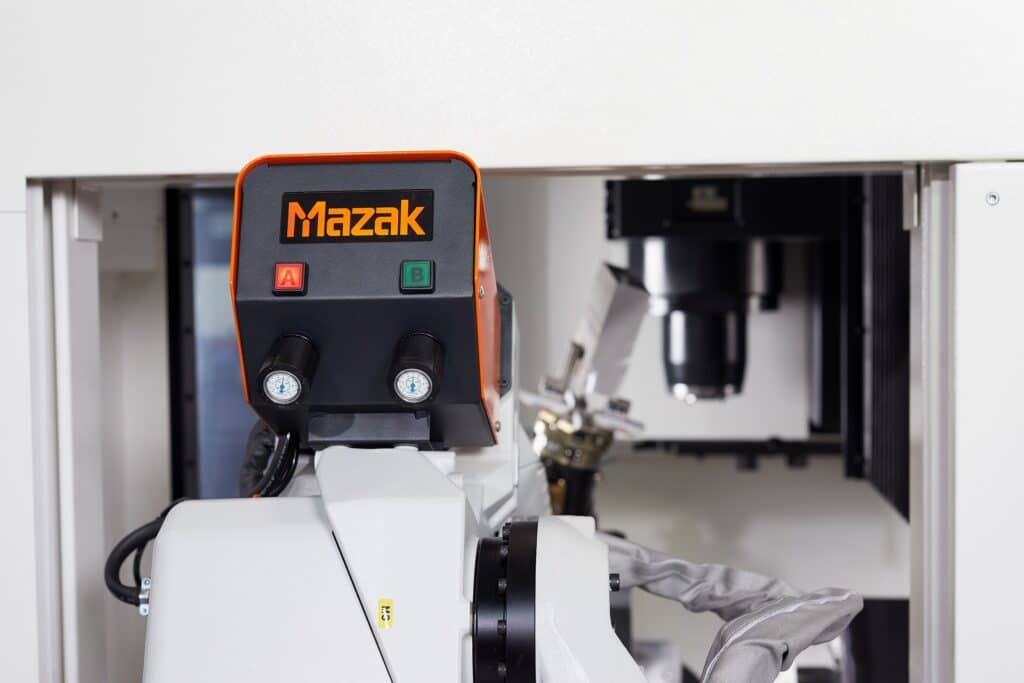
Where often where there is a large mix of components involved, 5-axis work does not easily lend itself to a standard robotic solution because of the demands of multiple fixtures, workpiece types and programs. Our own research shows that many machine users view their operations as unsuitable for automation because they primarily work with small dimensions.
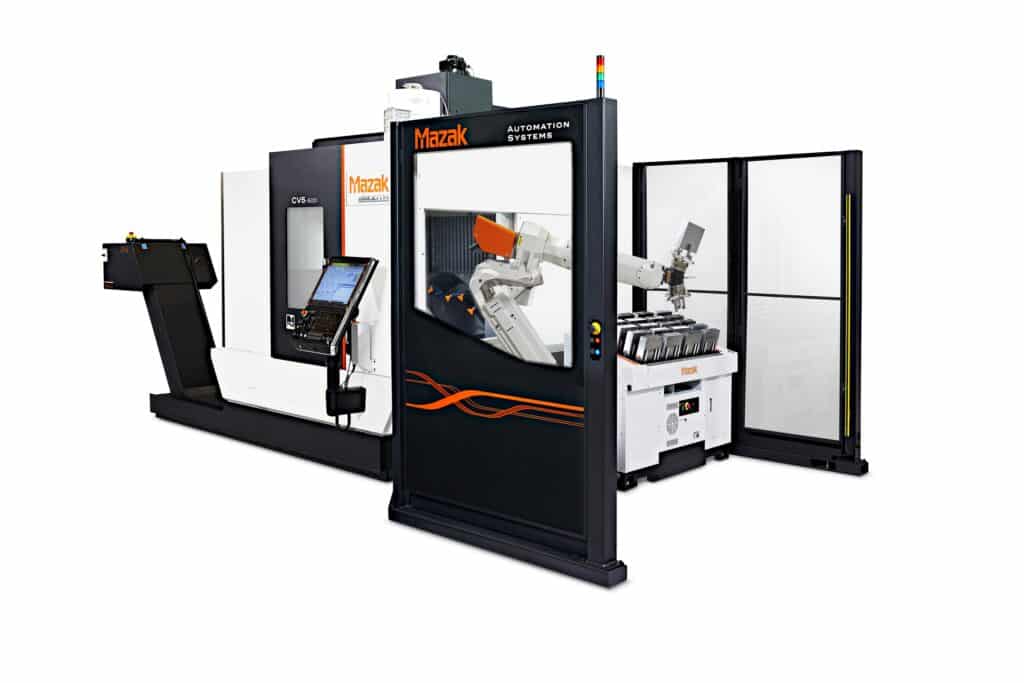
As a result, 5-axis work is rarely automated, but combined with macroeconomic factors such as labor costs, the ever-increasing demand for higher productivity and innovative technology, barriers are finally being broken down.
One of the driving forces behind the development of off-hours 5-axis automation was the potential to replace daytime production to hours where no crew is needed, and where the machine can run unmanned with lights off.
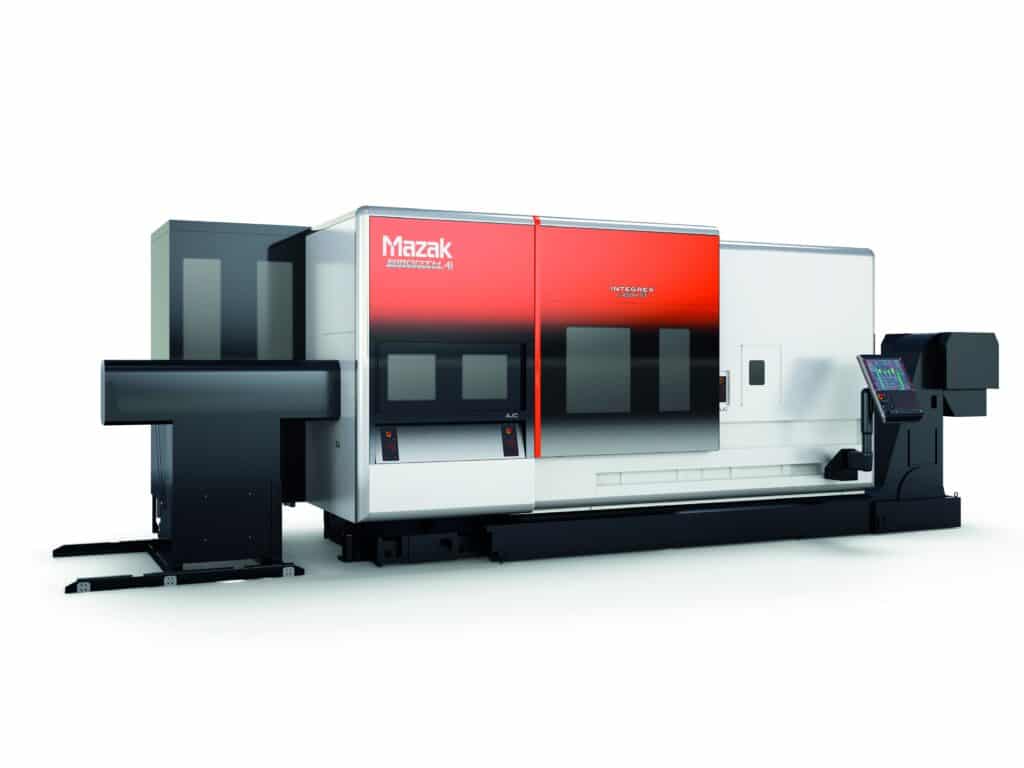
The ability to increase production time from 8 hours to possibly 24 hours results in an immediate increase in machine capacity, alook productivity and profitability.
For example, an 8-hour day with 240 productive days per year (Monday to Friday with 4 weeks of vacations), gives 1920 production hours, which can be sold to the customer. If the machine in question can be operational for 16 hours over the same number of production days, this also doubles its capacity to 3840 working hours. An automation system that is able to extend machine hours to unusual hours, with 24-hour operation plus weekends and vacations, veh increases production hours to 8,760 hours per year with more than 4-fold increase in capacity.
A 2nd big driver is work hours. CNC operators are highly trained, so it makes sense to reduce the number of repititive tasks and increase the more valuable ones such as programming. Research shows that without automation, an operator sees his time up to 70% taken up by repititive tasks such as loading and unloading fixtures , workpieces and finished components that do not require special skills.
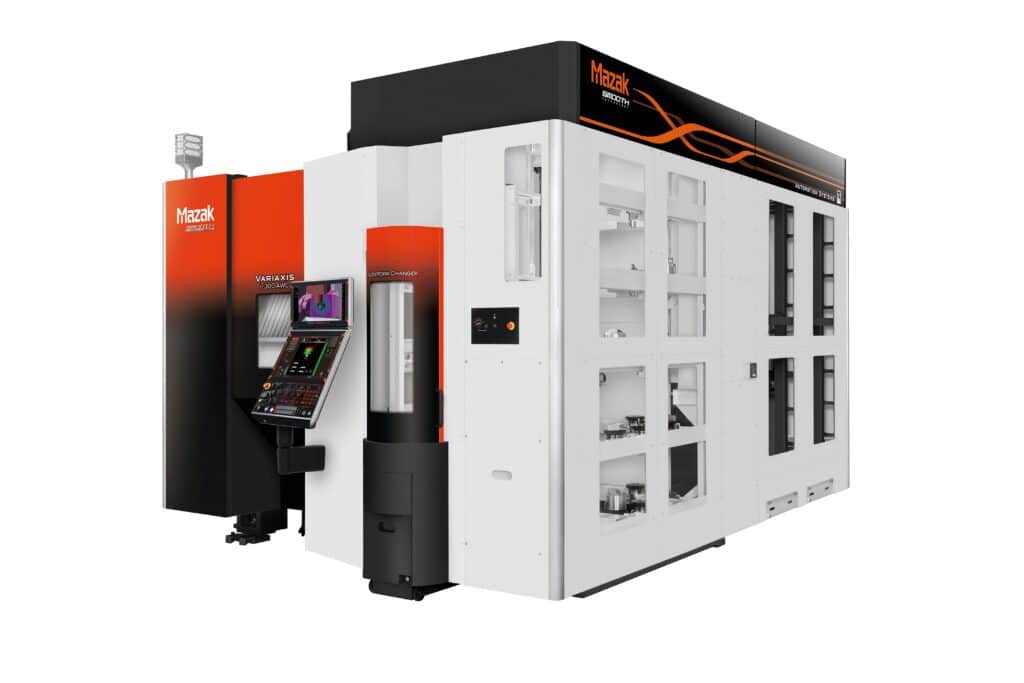
The most obvious answer to this is to automate 5-axis work, but a number of obstacles stand in the way of this. First, on many existing 5-axis machines, the automation solution would have to be placed at the front of the machine, reducing operator access to the machining area.
The good news is that a new generation of machines is being designed with specific automation with side options in mind-flat front. For example, Mazak's new Integrex I-H series are machines specifically designed for automation with a flat front design and tool magazine at the rear, allows the automation to be placed at the front of the machine without interfering with the operator's access to the machining envelope.The automation can be so programmed and controlled by using the Mazak Smooth Ai CNC equipped with Robot Cell Controller Software.
Feedback from machine users has shown that there is an understandable concern about complex setup and programming, specializations that many machine users do not master. Our own customer survey indicates that 1 in 10 machine users do not automate because of little or no experience.
But a number of new software innovations such as Mazak Robot Setup Assist and the Robot Cell Controller make it easier to connect and set up the robot. These software options are part of the CNC auxiliary system, and make maintenance of the automation a lot easier. The benefit of this is that in-house expertise no longer needs to be a prerequisite for automation.
One way around this particular problem is to specify a turnkey 5-axis automation solution, such as Mazak's CV5-500, equipped with an MA robot solution for workpiece loading and unloading. In operation, the MA robot gives immediate productivity improvements thanks to its design, which allows a five-minute changeover between workpieces. The software allows rapid changeover of stacking plates and the robot grippers, making it ideal for 5-axis small batch runs.
By far the biggest barrier to automation is the perception that it is expensive. However, there are two important considerations. First, the investment cost of automation, especially robots, drops dramatically, which in turn reduces the potential payback period.
Second, this view does not take into account the impact that automation can have on 5-axis productivity. In addition to allowing machines to run more and more unmanned and with lights out, automation can also help reduce unproductive machine waiting time while operators perform other tasks.
With a robot, it is possible to maximize asset utilization and ensure continuous production without interruptions for loading. The alternative - an operator matched exclusively to each 5-axis machine - would maintain productivity, but may have a negative impact on competitiveness and profitability.
In the past, automated 5-axis work was the exception rather than the rule, but if machine users want to stay competitive and recoup their investment in 5-axis machines as quickly as possible and maximize profitability, there is a new generation of machines and automation solutions that offer a roadmap for the future. European machine users need only look to high-productivity Asian countries to see what the future holds if they are willing to seize the opportunities.

